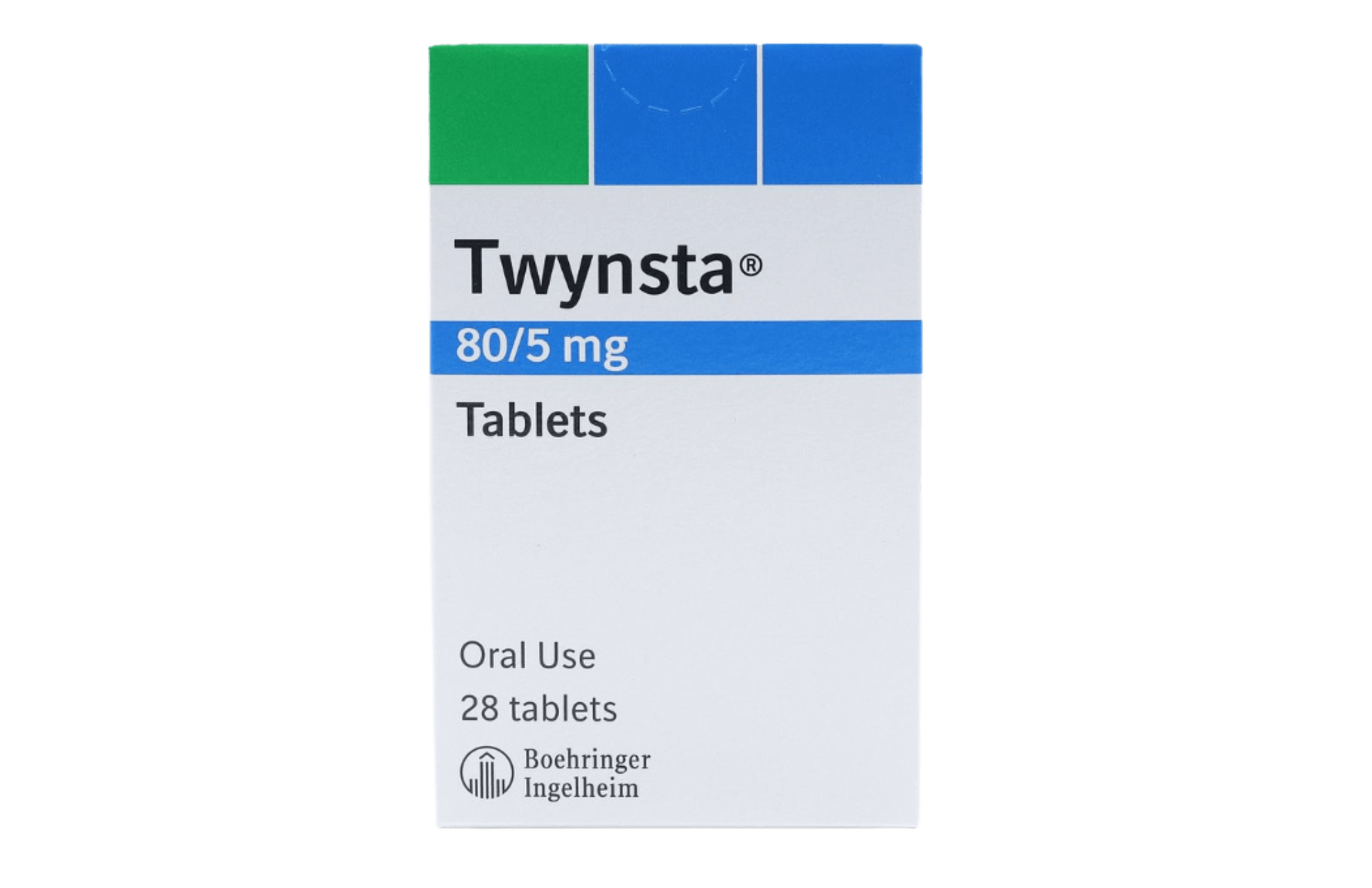This text is for informational purposes only. Please consult a doctor or pharmacist before using any medication.
Read the information leaflet that comes with the medication.
If a sudden allergic reaction (anaphylaxis) occurs after taking Twynsta , with symptoms like swelling of the face, tongue, or throat making it difficult to breathe or swallow, or there is wheezing, hives, rash, blistering, or peeling of the skin, call a doctor or 911 right away, or go to an emergency room immediately.
Most people who use Twynsta do not experience any adverse side effects. Doctors prescribe this medication because they assess the benefits of such treatment outweigh any likely unwanted effects.
Some of the side effects that have been reported may include peripheral edema (swelling of the legs or ankles), dizziness, and back pain. While these are generally mild, patients should monitor their symptoms and consult their healthcare provider if they become bothersome.
Not all side effects are listed here. If these or other unlisted symptoms persist or worsen, consult a healthcare provider or pharmacist.
Twynsta is approved for the treatment of hypertension (high blood pressure). Hypertension is a condition where the force of the blood against the artery walls is consistently too high, which can lead to health problems such as heart disease and stroke. Symptoms of hypertension are often not noticeable, which is why it’s frequently referred to as a “silent killer.” In some cases, individuals may experience headaches, shortness of breath, or nosebleeds, but these symptoms aren’t specific and usually don’t occur until hypertension has reached a severe or life-threatening stage. By effectively lowering blood pressure, Twynsta helps reduce the risk of associated complications.













